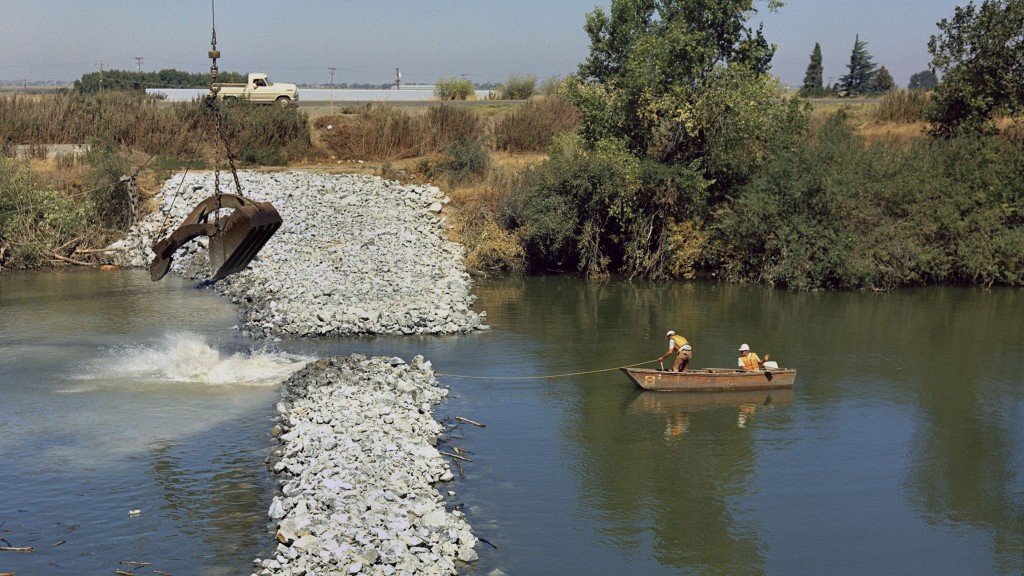
It’s something they haven’t resorted to since the 1970s.
As California’s monster drought drifts into its fourth year, state water managers are taking a drastic step to keep much of California’s water fit for drinking. The Department of Water Resources says it will have to construct at least one barrier to keep salt water from encroaching deep into the Delta.
This is one of those extreme drought years when there may not be enough natural flow in the rivers to push back the incoming tides. Officials say the “salinity barrier,” northeast of Oakley in Contra Costa County, will help keep that brackish water from mixing with fresh water used for drinking and irrigation.
There will be costs, financial and environmental, and even recreational; the barrier will be a temporary roadblock to boaters.
Officials estimate it will cost $28 million for what is essentially an engineered rock pile, to be constructed in May and then taken down again in the fall. Then again: